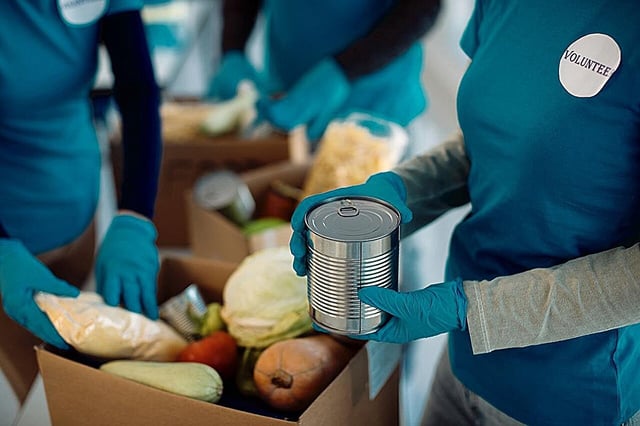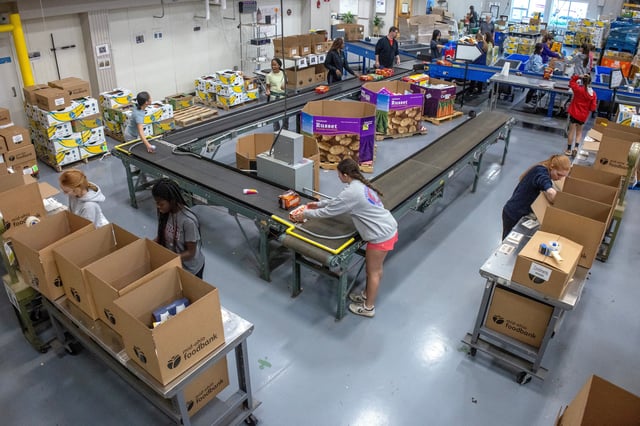Overview
- USDA said the survey had become overly politicized, inaccurate, redundant and costly, and it plans to rely on what it calls more timely and accurate datasets.
- The move follows recent SNAP changes that expand work requirements, with the Congressional Budget Office projecting about 2.4 million fewer recipients in an average month.
- Researchers and anti-hunger advocates warn the loss will hinder measuring the effects of recent policy changes and obscure disparities across demographics and regions.
- The report has been produced for roughly three decades using the Census Bureau’s Current Population Survey and is widely described by experts as the gold standard for tracking food insecurity.
- The most recent USDA figures show about 13.5% of U.S. households — roughly 18 million — experienced food insecurity in 2023, up from 2022.



